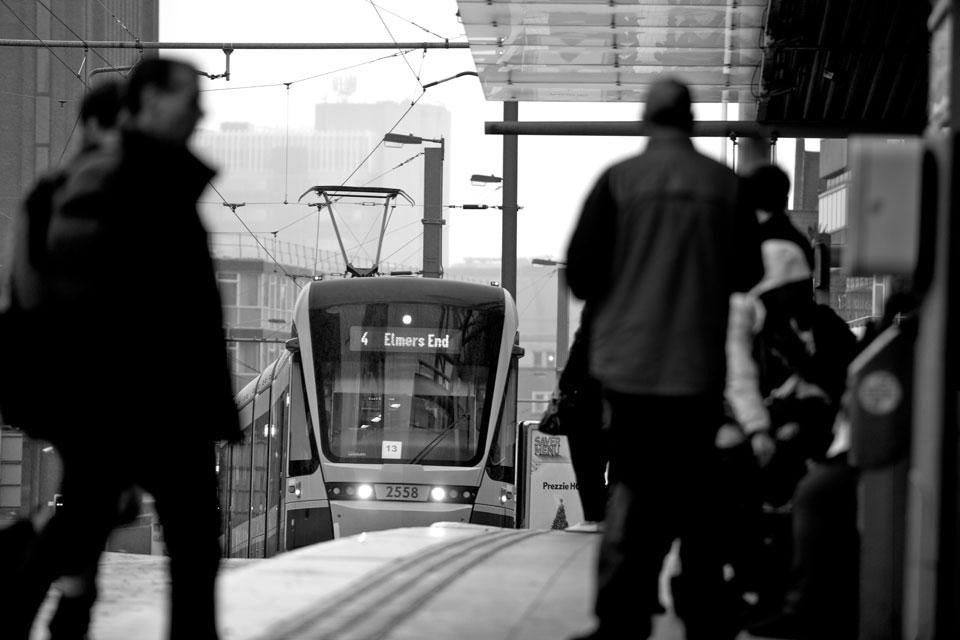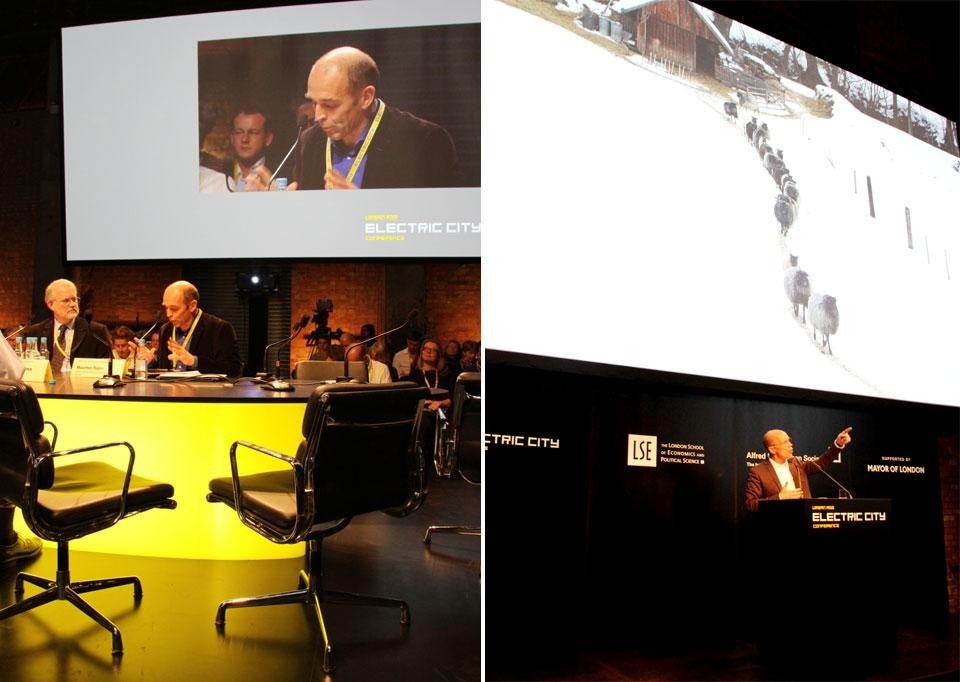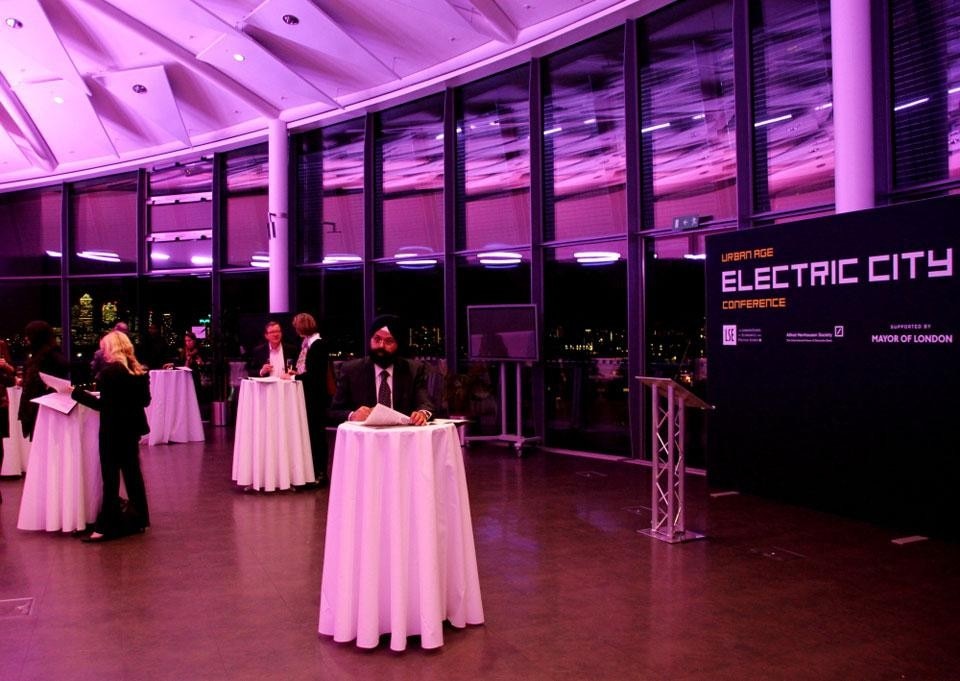Heidegger's lecture befits the problematic of the 2012 Urban Age Electric Cities conference, which took place in London last 6 and 7 December. Organised by the LSE Cities and the Alfred Herrhausen Society of Deutsche Bank, and supported by the Mayor of London, this was the latest in a series of conferences initiated in 2005, focusing on the social and spatial elements of cities as well as their sustainable development. In this case, the conference format entailed short talks by keynote speakers followed by pithy presentations and a roundtable discussion. The format enabled a great diversity of opinion and compact data, with lots of detail in the various expert approaches from technologists, academics, analysts and politicians, as well as questions from delegates, working together to foment new ideas.
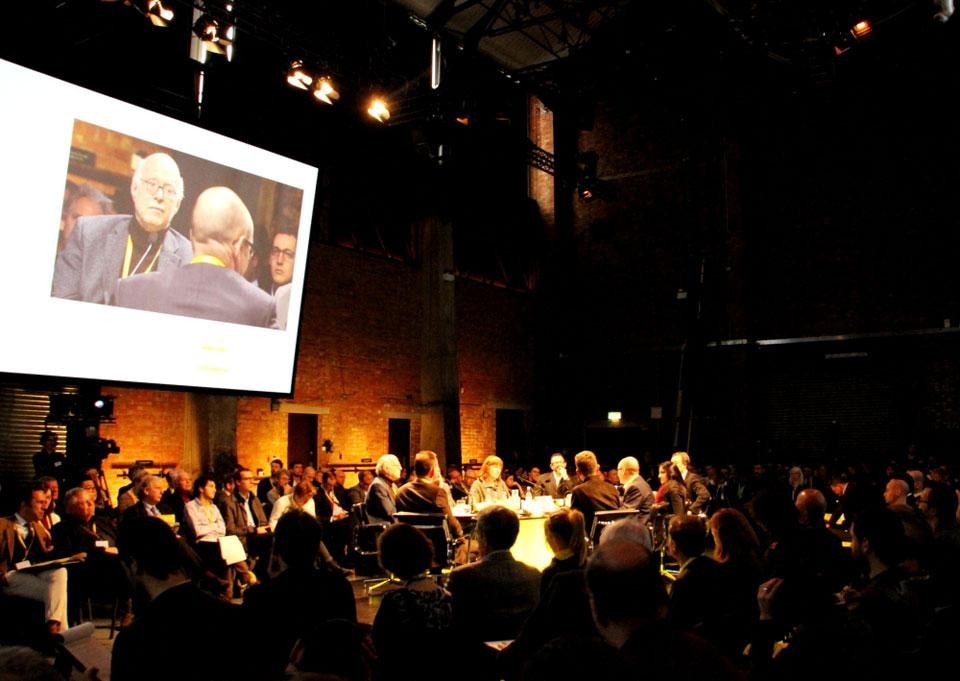
Several speakers emphasised the importance of the "genius of the city", casual, informal social processes which become a source of innovation economically and a foundation of social life. This so called serendipity is a result of complexity. Lancaster University's John Urry noted how innovation is a matter of particularly unplanned synchronization across social, political and economic entities in unplanned but not uncoordinated ways. And according to MIT's Carlo Ratti, the technical, communication and information possibilities created by the web 2.0 provide the right circumstances for hands on involvement of articulate citizens and companies in formulating sustainability and local environmental policies.
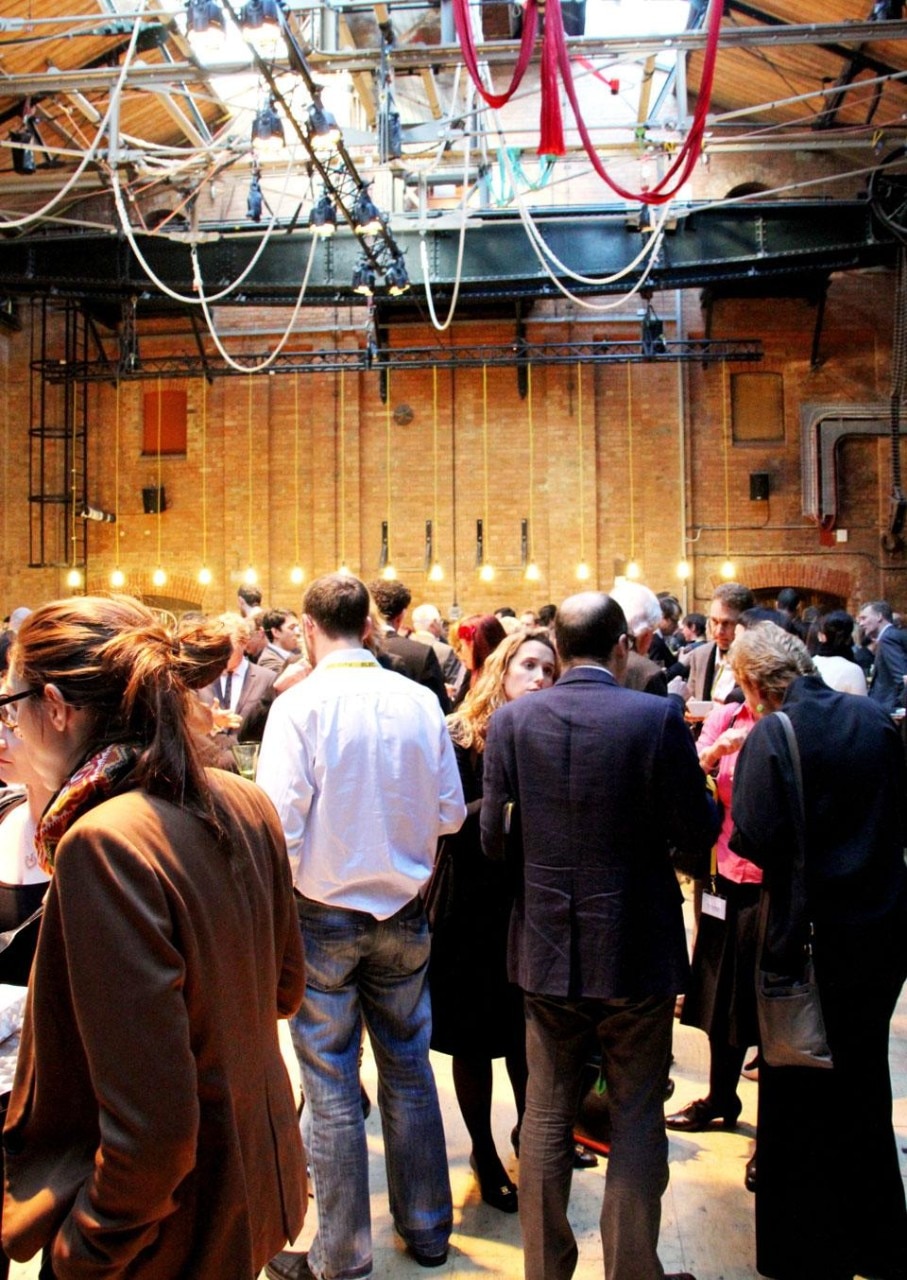
If modern technology for Heidegger is a revelation then this conference served its purpose as well as the purpose of technology, that is, to reveal by challenging
